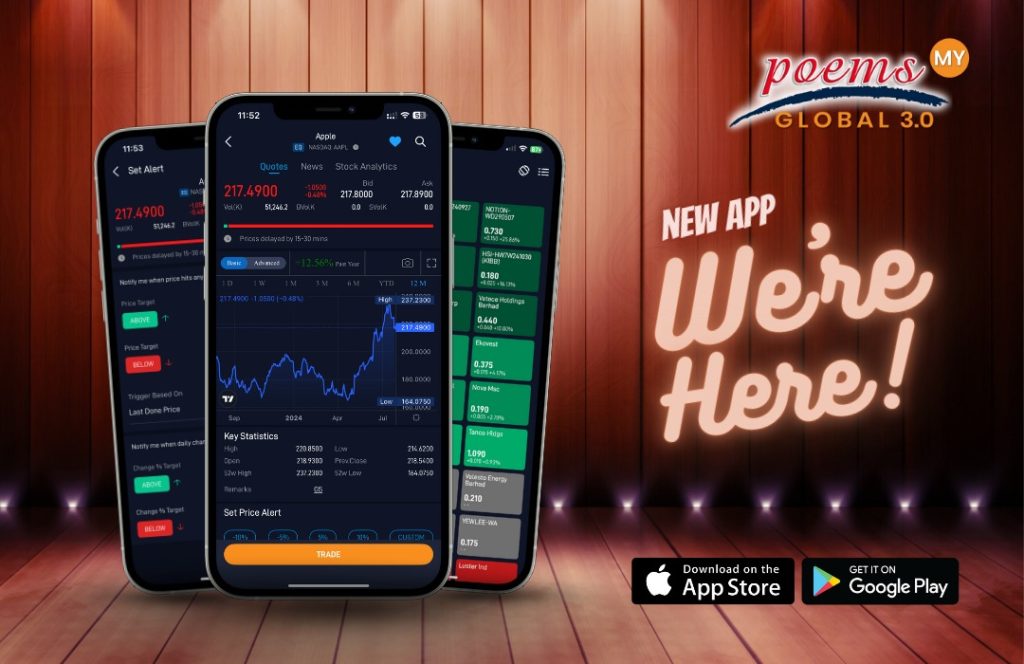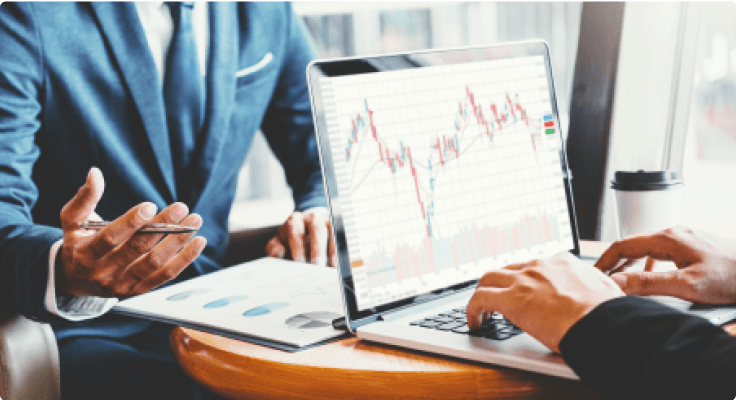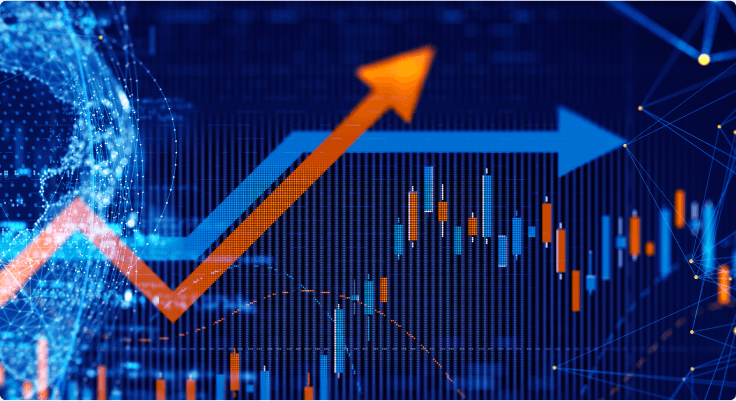Since the beginning of 2025, the S&P has rebounded from its low and gained 7.45% year to date as of 22 July 2025. But is this rebound sustainable or simply the calm before the storm?
To evaluate whether a storm may be brewing, what indicators should we look at?
In this article I will reveal some important indicators I use to identify the risk of a potential recession.
Understanding The US GDP Q1 2025

Source: US Bureau of Economic Analysis
What is the US GDP made up of?
The US Gross Domestic Product (GDP) is a comprehensive measure of the total market value of all final goods and services produced within the US during a specific period, typically annually. It serves as a key indicator of the nation’s economic health.
The latest Q1 US GDP data showed a decline by 0.5% in real GDP [1], primarily due to a decrease in consumer spending and a downturn in government spending although it was partly offset by investment and exports.
From an industry perspective, the decrease in real GDP reflected decreases of 2.8% in private goods-producing industries and 0.3% for private services-producing industries that were partly offset by an increase of 2.0% in real value added for government.
Understanding The US Non-Farm Payroll

 Source: FXstreet
Source: FXstreet
The nonfarm payroll is a key monthly indicator of the US labour market, reflecting the number of jobs added or lost in the economy, excluding those in agriculture, private households, and non-profit organisations.
In May 2025, nonfarm payroll employment increased by 139,000, with the unemployment rate unchanged at 4.2%.2 Employment continued to trend up in health care, transportation and warehousing, financial activities, and social assistance.
This beat consensus estimates and suggests that US employment remains resilient.
To provide context, the average unemployment rate in US (from 1948 to 2025) was 5.68% 3, while the unemployment rate peaked at 14.2% in 2020 during the covid pandemic.
While current employment data is encouraging and below the historical average, it’s important to note that labour trends tend to lag broader economic cycles. We would need to monitor employment data in the second half of this year, to determine stability.
Should we see employment rates improve, consumer spending could rise, reducing the likelihood of a recession. Conversely, declining employment could dampen consumer confidence and increase the risk of an economic downturn.
Understanding The US Purchasing Managers Index (PMI)
 Source: ISM
Source: ISM
The PMI is a monthly economic indicator that gauges the health and business activity in the manufacturing and service sectors. It summarises whether market conditions are expanding, contracting, or constant, based on the views of purchasing managers. A manufacturing PMI reading above 50 suggests that the manufacturing sector is growing, while a reading below 50 signals a contraction. This can influence expectations about future economic growth and potentially impact stock prices.
In June, the ISM Manufacturing PMI edged up to 49, from 48.5 in May, slightly better than forecasts of 48.8, but still marks the fourth consecutive month of contraction. 4
There were bright spots, production rebounded (50.3 vs 45.4) and inventories improved (49.2 vs 46.7). However, new orders (46.4 vs 47.6), employment (45 vs 46.8) and backlog of orders (44.3 vs 47.1) contracted at a faster pace. 5
Inflationary pressures increased slightly (69.7 vs 69.4) and tariffs-induced prices growth accelerated. Meanwhile, the Supplier Deliveries Index (54.2 vs 56.1) indicated slower deliveries but improved performance, indicating that prior port congestion issues have largely cleared
The latest data indicate that manufacturing sectors have improved since the last reading in May, due to renewed demand. Investors will be observing closely to see if the PMI could go above 50 in the coming months, which will signal a true recovery.
Is the S&P 500 Under or Overvalued?
 Source: Google Finance
Source: Google Finance
 Source: worldperatio
Source: worldperatio
As of 22 Jul 2025, the S&P 500 index has had a year-to-date return of 7.45% and is currently above the 6,000-point threshold. The S&P 500 is currently trading at a P/E of 25x, while its 5 years average P/E sits at an even more compelling 19x, raising concerns that it may be overvalued. 6 Whether these valuations are sustainable depends on future economic data. Should key indicators, like the ones shared earlier, weaken, corporate earnings may disappoint and invite renewed selling pressure in the market as the elevated P/E ratios become harder to justify.
The recent rally was largely driven by a shift in investor sentiment from panicking about tariffs to relief buying, as corporate earnings and US economic data turned out better than feared amid July’s sweeping policy changes.
So, will we see a recession by the end of 2025? This would depend on the outcome of ongoing trade negotiations. Much of the market optimism is predicated on the temporary suspension of tariffs. Should trade tensions escalate again after this suspension end, the economic recovery could stall.
In the meantime, I suggest adopting a cautious stance and avoiding increasing exposure to the US, until there is greater clarity on the trade policies.
We hope you’re ready to enhance your trading strategy. Whether you go for the bulls or the bears, you can do it all with Phillip Capital.
Phillip Capital’s POEMS Global MY 3.0 Platform offers a comprehensive suite of tools to support your trading journey:

- Personalised Interface: Tailor your trading environment to suit your preferences.
- Integrated Trading Tools: Access real-time analytics and live charts for informed decision-making.
- Multi-lingual Support: Benefit from assistance in various languages, catering to international investors.
Explore Phillip Capital’s platforms and tools and implement these insights effectively.









